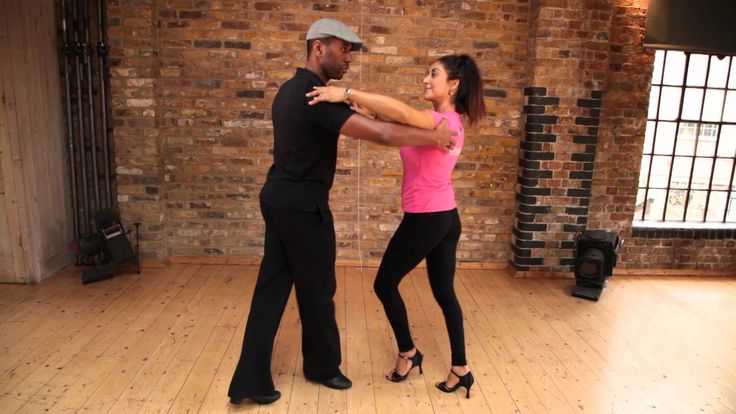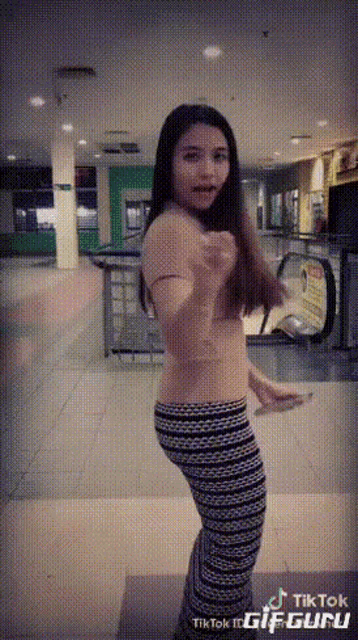How to dance ballroom samba
Learn Basic Samba Steps
Samba is a lively dance of Brazilian origin. It's a popular party dance, characterized by simple forward and backward steps and rhythmic hip movements.
- Basic steps
- Instructions & Diagrams
- Video
- Recommended Video Lessons »
Quick intro
Samba is the national dance of Brazil, some say the spirit and soul of the country. In Brazil, it is a solo dance, performed at street festivals and carnivals. Ballroom samba, on the other hand, is a partner dance that has little in common with the original form.
Although in Brazil samba remains a solo form, in other countries it evolved into a partner dance and was standardized as a ballroom dance in 1956. Today it's one of the most common Latin American dances.
Many versions of samba exist - Carnivale, Mesemba, Carioca, Batucado, Conga, just to name a few. Here we'll focus on the ballroom version, quite popular in North America and Europe, with both the younger and older generations.
Basic steps
Ballroom samba is usually danced to music written in 2/4 time, meaning there are two beats in each measure. The basic box step consist of three steps. This means that three steps are performed in two beats of music.
The basic rhythm is 1 & 2, 3 & 4, 5 & 6, 7 & 8, commonly described as "one, uh two", "three, uh four", and so on. Usually you count 8 beats before resuming the count.
The most characteristic element of samba is probably the so called samba bounce, which is achieved through rhythmic bending and straightening of the knees. See the video below for detailed explanation.
Instructions & Diagrams:
Ballroom samba is danced in a closed position, with partners slightly apart. The lady's right hand and the man's left hand are held about the lady's eye level. The man's right hand is placed on the lady's shoulder blade. The lady's left hand is placed flat on the man's back.
Basic step is a very simple box step. Remember, the rhythm is 1-uh-2, 3-uh-4...
Basic Steps for Men
- Step forward with your left foot (count 1)
- Move your right foot to your left foot (uh)
- Left foot in place, weight shifts to it (count 2)
- Step backward with your right foot (count 3)
- Move your left foot to your right foot (uh)
- Right foot in place, weight shifts to it (count 4)
Basic Steps for Ladies
- Step backward with your right foot (count 1)
- Move your left foot to your right foot (uh)
- Right foot in place, weight shifts to it (count 2)
- Step forward with your left foot (count 3)
- Move your right foot to your left foot (uh)
- Left foot in place, weight shifts to it (count 4)
Video
In this video Leon and Kim will show you the basic steps in addition to a whisk action, which is an extention of the basic movement to the side. You will also learn the principles of bounce action, something that is absolutely crucial to understand:
You will also learn the principles of bounce action, something that is absolutely crucial to understand:
more videos »
If you're interested in more video lessons like this one, take a look at our recommendations »
Samba | Bella Ballroom
The Samba is an energetic and lively dance that is currently popular in many parts of the world. Syncopated rhythms, bouncing actions, and rolling hip movements characterize the dance. It may be danced with or without a partner.
History of the Samba
Samba dance holds a rich and cultural history. There are a variety of types of samba music and dancing. While the Ballroom version has grown popular, originally Samba was a solo dance from Latin America.
Samba music started in the 19th century and evolved in Rio de Janeiro, Brazil in the early 20th century. It became the quintessential music and dance form of Rio de Janiero’s world famous carnival. The lively dance moves and rich and syncopated rhythm have made it a South American favorite.
It became the quintessential music and dance form of Rio de Janiero’s world famous carnival. The lively dance moves and rich and syncopated rhythm have made it a South American favorite.
Musicologists argue about its true origins. Many agree that the word “samba” is derived from the Angolan Kimbundo term “semba” which is the navel thrust in dancing. It is believed the term was associated with the Brazilian state of Bahian when Bahian ex-slaves brought dance to Rio de Janiero. Another argument suggests that it developed on the Paraiba Valley coffee plantations sitting just outside the capital. Some say that Samba was a result of middle class Afro-Brazilian music being elaborated on by professional Rio de Janiero musicians.
Throughout Samba’s development, a variety of influences shaped the flavor the music and dance. Marcha and Maxixe are Samba’s Brazilian predecessors that influenced Samba as well as Cuba’s Habanera and Germany’s polka. Samba music became very popular in song from and some of it’s earliest recordings date back to 1911.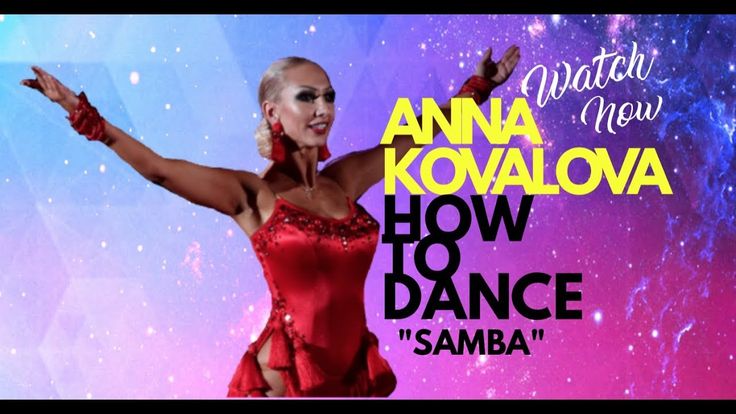 Alfredo da Rocha Vianna Jr. was a pioneer of the song form. Sambas of the 1920s and the radio era of the 1930s were slow and romantic and birthed a sub-genre known as “samba-cancao”. Samba cancao emphasized sentimental lyrics and highlighted melody over rhythm. The Brazilian singers and composers put samba cancao on the international radar. During this time of the 1930s, this type of dancing was introduced to the United States through a popular Broadway play and at the New York World’s Fair. By the 1950s samba cancao became overshadowed by samba de batucada, a more percussive and groovy style of samba. By the 1970s samba saw it’s rise as musicians modernized the dynamic samba batacuda style and fused it with modern harmony and instrumentation. Samba began to include elements of rock and jazz, bringing it to the mainstream. Brazilians of all races and social classes began to enjoy the dance, and it became a sense of happiness for the nation.
Alfredo da Rocha Vianna Jr. was a pioneer of the song form. Sambas of the 1920s and the radio era of the 1930s were slow and romantic and birthed a sub-genre known as “samba-cancao”. Samba cancao emphasized sentimental lyrics and highlighted melody over rhythm. The Brazilian singers and composers put samba cancao on the international radar. During this time of the 1930s, this type of dancing was introduced to the United States through a popular Broadway play and at the New York World’s Fair. By the 1950s samba cancao became overshadowed by samba de batucada, a more percussive and groovy style of samba. By the 1970s samba saw it’s rise as musicians modernized the dynamic samba batacuda style and fused it with modern harmony and instrumentation. Samba began to include elements of rock and jazz, bringing it to the mainstream. Brazilians of all races and social classes began to enjoy the dance, and it became a sense of happiness for the nation.
Samba Dance Today
The solo style of Samba is danced as a celebration dance during street festivals and parties still today. It continues to be danced as alone as it was originally danced, within a group of other dancers. Today, the it is also danced with a partner in Latin Ballroom Samba.
It continues to be danced as alone as it was originally danced, within a group of other dancers. Today, the it is also danced with a partner in Latin Ballroom Samba.
The solo style of samba was given the name “samba no pe.” In the solo style, three steps are taken in every measure of the 2/4 music. Sometimes professional dancers will do four steps in every measure, but it is traditionally done with only three. The dance is often spontaneous and done as the music inspires the dancer. Another style of solo samba dance started in 1992 and is known as Samba Axe. It is not defined by a specific step, but characterized by the musical rhythm. The rhythm can be set to a faster or slower tempo.
Partner samba dances such as the samba de gafieria existed before samba made it’s way into the Ballroom world. Originally samba partner dances were simple and then evolved over time. Today the ballroom style has close connections to the original samba; however, a local from Rio de Janiero Brazil would probably not recognize or call ballroom samba as a samba.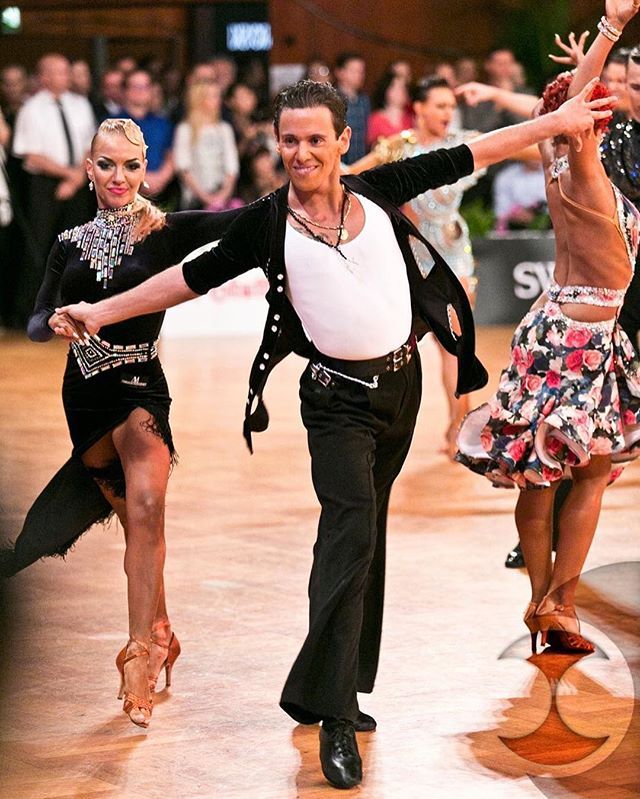 The ballroom form is danced in studios worldwide and used to compete in the Latin dance ballroom categories. It often features tricks, turns, and other acrobatics. Similar to solo samba, partner samba is danced on a quick beat with fast footwork. The ballroom samba did not originate in Brazil but uses it’s samba music and influence of dance movement.
The ballroom form is danced in studios worldwide and used to compete in the Latin dance ballroom categories. It often features tricks, turns, and other acrobatics. Similar to solo samba, partner samba is danced on a quick beat with fast footwork. The ballroom samba did not originate in Brazil but uses it’s samba music and influence of dance movement.
More recently, samba and other forms of Latin American dance have found their way into cardio dance fitness classes across America. Popular exercise programs such as Zumba and Hip Brazil incorporate elements of the dance into their workout regimes in an effort to make fitness fun.
Samba music and dance is considered one of the most energetic, lively, and celebratory dances of the world. Travelers enjoy seeing the demonstrations of the different types of Brazilian dance in Brazil. Dance and culture enthusiasts enjoy Samba dance performances at cultural festivals and celebrations held all over the world. Whether danced alone or with a partner, samba music easily moves people to the dance floor or gets them moving in the streets just like a carnival celebration!
Samba Dance Music
- “Baby Boy” Beyonce
- “Hips Don’t Lie” Shakira
- “Ay Mujer” Jose Luis Rodriguez
- “Pon De Replay” Rihanna
- “Vive La Vida” Gusanito
- “Hey Baby” No Doubt
- “Vive El Verano “Paulina Rubio
- “La Isla Bonita” Madonna
- “Sacando Fuego” Amador
- “Maria” Latin Jam 1
- “Ven Devorame Otra Vez” Azucar Moreno
- “Caliente” Latin Jam 1
- “Say Hey” Michael Franti and Spearhead
- “If Today Was Your Last Day” Nickelback
- “Move Baby Move” Sartorello
- “Jazz Machine” Black Machine
- “Crayons” Donna Summer feat.
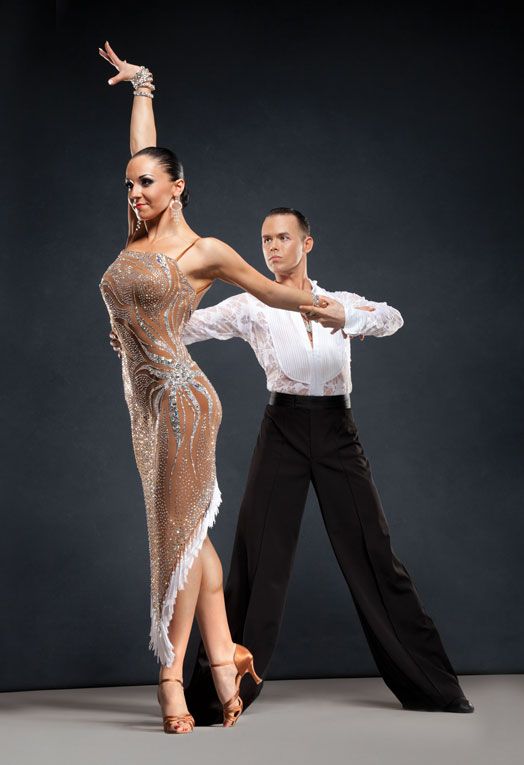 Ziggy Marley
Ziggy Marley - “Cult of Snap” Hi Power
- “Que el Ritmo No Pare” Patricia Manterola
- “Whenever, Wherever” Shakira
- “Kiss Kiss” Stella Soleil
- “Jaleo” Ricky Martin
- “Asereje” Ruiz
- “Give Me A Chance” Candice Rans
- “Find Your Love” Drake
- “Dirty Little Secret” The All-American Rejects
- “Alejandro” Lady Gaga
- “S.O.S.” Rihanna
- “Carry Out” Timbaland and Justin Timberlake
- “Love Game” Lady Gaga
- “Temptation” Arash feat. Rebecca
- “Hips Don’t Lie” Shakira feat. Wyclef Jean
- “Bailamos” Enrique Iglesias
- “Hey Mama” Black Eyed Peas
- “Mas Que Nada” Black Eyed Peas feat Sergio Mendes
- “Ain’t It Funny” Jennifer Lopez
- “Cha Cha” Chelo
- “Rhythm Devine” Enrique Iglesias
- “La Bomba” Ricky Martin
- “Spice Up Your Life” Spice Girls
- “Que Locura” Miguel Saez
- “Vive El Verano” Paulina Rubio
Samba dance (Samba)
Samba is one of the five dances of the Latin American ballroom dancing program.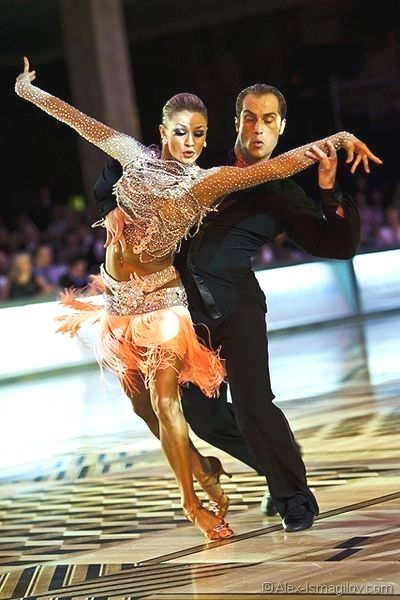 It arose as a result of the fusion of African dances that came to Brazil with slaves from the Congo and Angola, with Spanish and Portuguese dances brought from Europe by the conquerors of South America. In Russian, the word samba is feminine, while in Portuguese it is masculine.
It arose as a result of the fusion of African dances that came to Brazil with slaves from the Congo and Angola, with Spanish and Portuguese dances brought from Europe by the conquerors of South America. In Russian, the word samba is feminine, while in Portuguese it is masculine.
Samba belongs to the pair ballroom dancing (SBT) and is mandatory for performance in the Latin American program.
The samba ballroom dance is characterized by frequent changes in partner positions, hip mobility and general expressiveness. Dance movements are characterized by the rapid shifting of body weight by bending and straightening the knees.
The history of the emergence of samba
Samba ballroom dance arose as a result of the mutual influence of two cultural traditions: African ritual dances of black slaves who arrived in Brazil from the Congo, Angola and Mozambique, and European dances (waltz, polka) introduced by the Portuguese. Samba was also influenced by the Brazilian dance xote (port.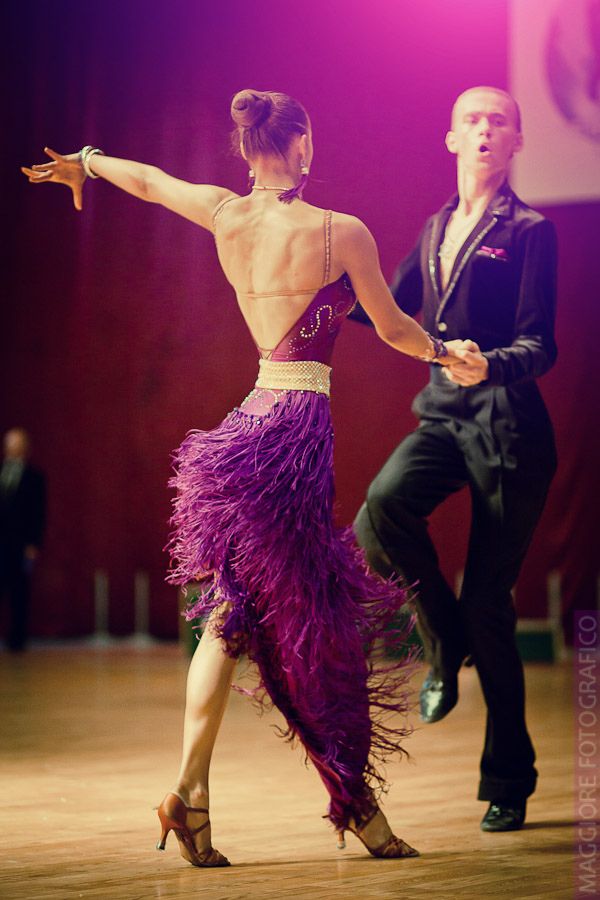 xote, xótis), which developed from the Scottish polka in its German version. Brazilian chote should not be confused with ecossaise. Prior to contact with European culture, Africans did not have partner dances.
xote, xótis), which developed from the Scottish polka in its German version. Brazilian chote should not be confused with ecossaise. Prior to contact with European culture, Africans did not have partner dances.
Encyclopedia Britannica notes that this style of pair dance is of Brazilian origin. This type of samba became popular in the USA and Western Europe in the late 40s of the XX century. Many of the dancers' movements were borrowed from matchish ("Brazilian tango").
Partners may break the pair and perform some dance moves at a considerable distance from each other.
Despite the fact that this ballroom dance is called samba and comes from Brazilian dances, in Brazil it is called "international samba" (port. o samba internacional), is not considered typical Brazilian and is little known in the country. The costumes of the dancers, the musical accompaniment and the performance style of the international samba have little in common with the samba de gafieira, which is a popular ballroom dance in Brazil.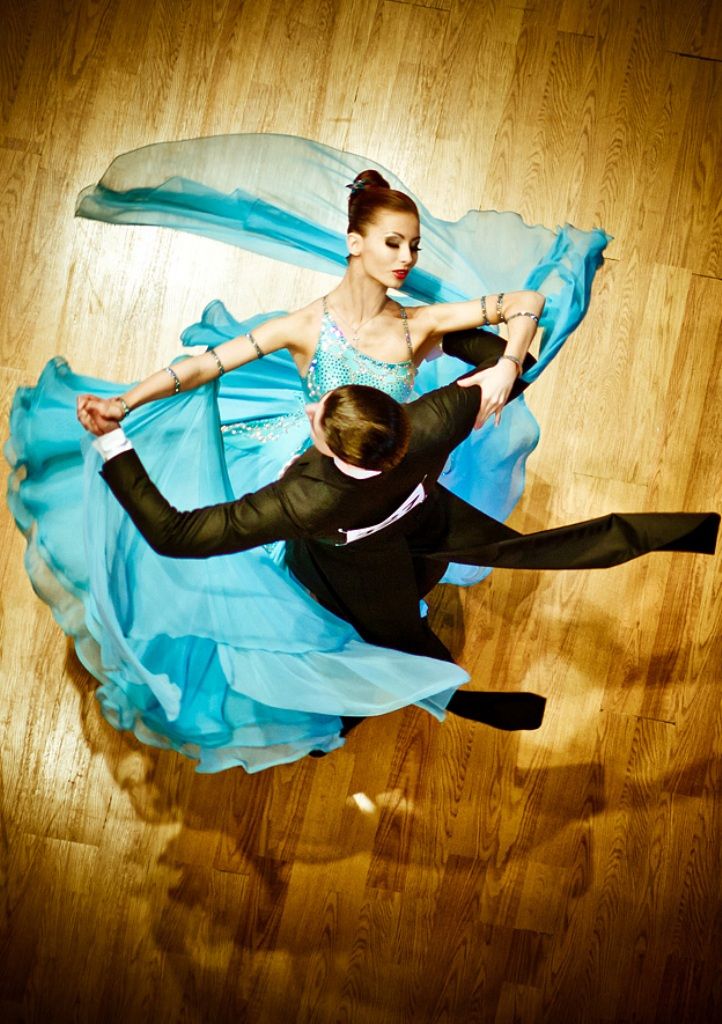 The movements of modern ballroom dance samba are mainly based on pas borrowed from machish and are not always performed in the rhythm of samba, as they are often accompanied by flamenco, cha-cha-cha and salsa music.
The movements of modern ballroom dance samba are mainly based on pas borrowed from machish and are not always performed in the rhythm of samba, as they are often accompanied by flamenco, cha-cha-cha and salsa music.
Compared to other Latin American ballroom dances, the pair sports samba in its evolution is the most distant from the origins that gave it its name, and outside of Brazil it can be called the “Brazilian Waltz”
The rhythm and features of samba
like other types of African American music and dance, is a syncopated rhythm. Characterized by the use of polyrhythms and cross rhythms. Rhythmic polyphony is created by a wide range of percussion instruments. Sports ballroom dance, included in the Latin American dance subgroup of the International Sports Program. It is performed in pairs, temperamentally and agile, moving in a circle. The dance is characterized by a springy action at every step.
Movement: rhythmic, fast, moving, shooting.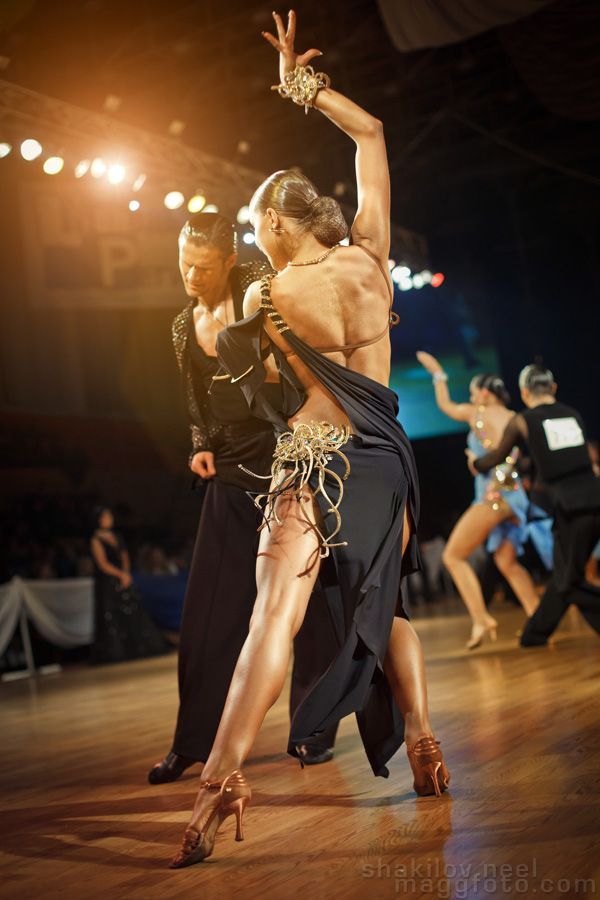
Mood: joyful, perky, cheerful.
Vitality: carnival.
Time signature: 2/4 or 4/4.
Clocks per minute: 50-52.
Rising and lowering: the springy movement of the samba.
Do not confuse the samba, which is part of the ballroom dancing program, and the Brazilian samba.
It must be studied in sports ballroom dance schools, as it is difficult to find a brighter and more fascinating example of dance rhythm that develops students' motor abilities. Its rhythms and movements are successfully used in aerobics, figure skating, rhythmic gymnastics.
Samba (Latin American Dance Program)
Samba Basics
Samba Score 1 a and a 2 (whole, three quarters, quarter whole) . For each count, there is an action of the foot or knee. -Rhythm of samba tou tou Tum - sharp.
Bounce action - occurs with the use of the legs, the center, the lower and middle parts of the back, in the upper back there is compensation + the use of the abdominal muscles to create a boundary of action.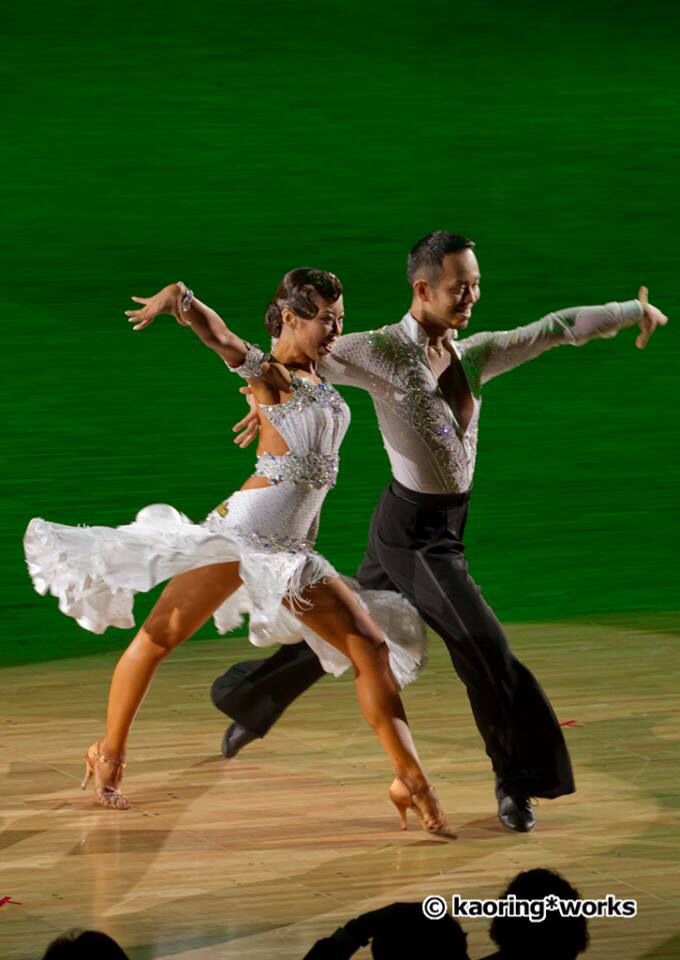 Foot - soft penetrating and pushing action.
Foot - soft penetrating and pushing action.
- Position in a pair: keep the shape and volume - raise your elbows, do not press your hands to the body.
- Fast weight transfer.
The varied rhythmic pattern of samba steps requires separate consideration. The score in the measure of samba is 1i - 2i. Thus, for one measure of music, either two slow steps, or two fast and one slow, or four fast steps can be performed. When performing dance figures that use samba bounce (spring action), a numerical method of counting is adopted. In figures where there is no samba-bounce, the rhythm of fast or slow steps is indicated as "fast" (B) or "slow" (M). Samba steps performed on the count of 1 and 2 involve dividing the two beats of the measure into 3/4 beat (1), 1/4 beat (a) and a whole beat (2).
A characteristic feature of samba is a springy movement or samba-bounce (vertical rise and fall) performed by bending and straightening the knee and ankle of the supporting leg. Straightening of the knees should be incomplete and performed without tension.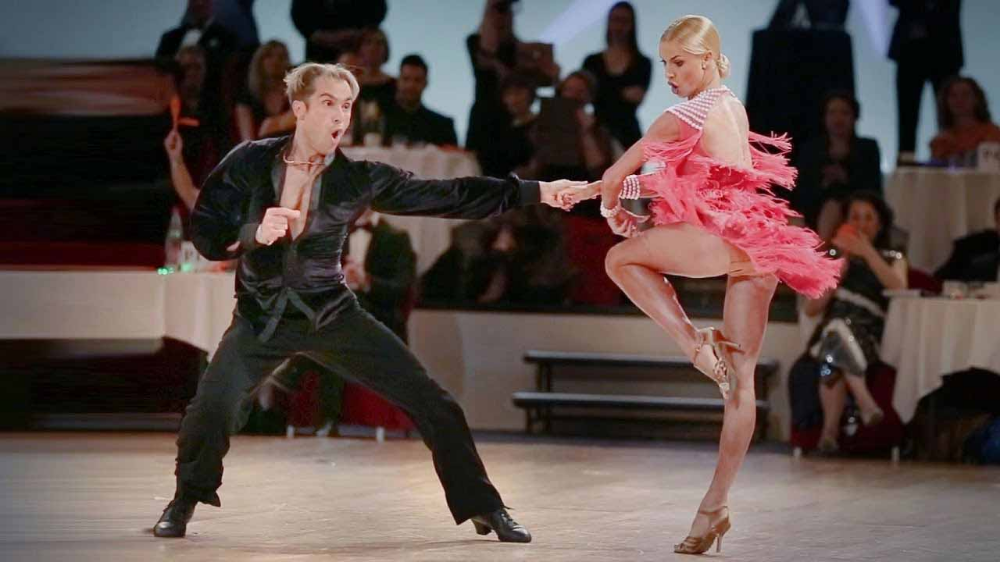 Each rise and fall takes 1/2 beat of a measure of music; for the convenience of learning, an account is adopted. Starting from a bent knee position, the bounce rhythm will be: both 1 and 2, etc. When connecting the rhythm of the bounce with the rhythm of the steps, we get a new rhythm: and 1 and a 2 and so on.
Each rise and fall takes 1/2 beat of a measure of music; for the convenience of learning, an account is adopted. Starting from a bent knee position, the bounce rhythm will be: both 1 and 2, etc. When connecting the rhythm of the bounce with the rhythm of the steps, we get a new rhythm: and 1 and a 2 and so on.
The basis of samba is the sixth position of the legs, which is the starting position for almost all dance figures.
Steps forward are performed from the ball of the foot to the entire foot. Sometimes a step also begins with a heel, then this is separately specified in the description of the figure. Steps back are performed from the toe to the pad and then to the entire foot. Steps to the side are also done from the pads to the entire foot. Throughout the dance, the knees are slightly relaxed, the hips moving more forward and backward, and not side to side, as in cha-cha-cha or rumba. The movements of the hip joint should be soft and well controlled. When stepping forward, the body deviates slightly back, and when stepping back, it leans slightly forward, while the head is, as it were, the base of the pendulum.